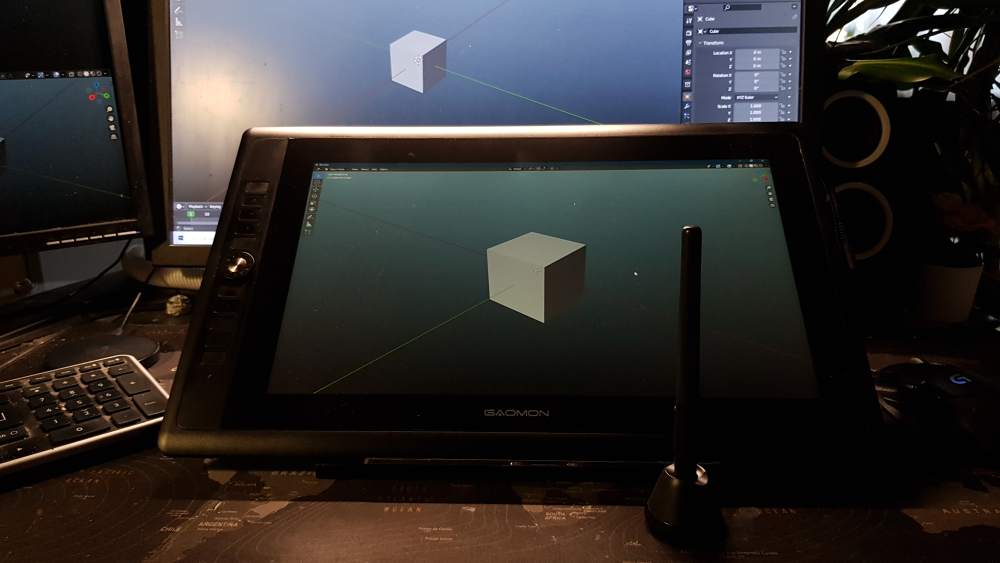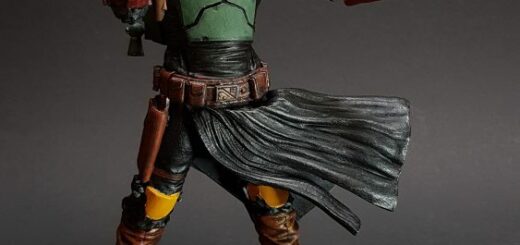Pen Display: A Comprehensive Guide to the Future of Digital Art
Digital art has revolutionized the way artists express their creativity, and with the advent of pen displays, the process has become even more seamless and intuitive. In this article, we delve into the world of pen displays, exploring what they are, how they work, and why they are a must-have for artists and designers alike.

What is a Pen Display?
A pen display is a digital drawing tablet with a built-in screen, allowing you to draw, paint, and create directly on the screen. Unlike traditional graphics tablets, which require you to draw on a separate surface and view your work on a computer screen, pen displays offer a more natural and direct experience.
How Does a Pen Display Work?
A pen display works by combining the functionality of a graphics tablet with a display screen. You simply connect the pen display to your computer or laptop via USB or HDMI, and you’re ready to start drawing. The pen display uses a stylus or digital pen that works in conjunction with the screen to create your digital artwork. As you draw, the screen displays your strokes in real-time, giving you an immediate and accurate representation of your work.
Benefits of Using a Pen Display
One of the biggest benefits of using a pen display is the natural feel and control it offers. With a pen display, you can control the pressure, angle, and tilt of your strokes, just as you would with a traditional pen and paper. This allows for a more intuitive and expressive experience, and results in more precise and accurate drawings.
Another benefit is the ability to work directly on the screen, eliminating the need for a separate graphics tablet. This not only saves space, but it also streamlines the creative process, allowing you to focus solely on your artwork.
Types of Pen Displays
There are two main types of pen displays: standalone and secondary. Standalone pen displays are self-contained units that work independently from your computer, while secondary pen displays are used in conjunction with your computer or laptop.
Standalone pen displays are great for artists who want a more mobile and flexible solution. They come with built-in batteries and memory, allowing you to take your work with you wherever you go.
Secondary pen displays are ideal for artists who prefer a more traditional setup. They connect to your computer or laptop and use your computer’s processing power to run graphics-intensive programs.
Choosing the Right Pen Display
When choosing a pen display, there are several factors to consider, including size, resolution, and compatibility.
Size is important because it affects the overall drawing experience. A larger screen provides more room to work and allows you to see more detail in your artwork. However, larger screens are also more expensive and take up more desk space.
Resolution refers to the number of pixels on the screen, and a higher resolution means a clearer and more detailed image. Keep in mind that higher resolution also means a higher price tag.
Compatibility is crucial, as not all pen displays are compatible with all computers and software. Be sure to check the manufacturer’s specifications to ensure that the pen display you choose is compatible with your computer and the software you plan to use.
Using a Pen Display for Digital Art
Using a pen display for digital art offers a number of benefits, including precision, control, and versatility. With a pen display, you can create digital artwork that is indistinguishable from traditional hand-drawn pieces. Whether you’re a professional artist or just starting out, a pen display is a valuable tool that can help you bring your ideas to life.
Conclusion
Pen displays have revolutioned the world of digital art, offering artists and designers a more natural and intuitive way to create. With the ability to work directly on the screen and control the pressure, angle, and tilt of their strokes, artists can create precise and accurate drawings that truly reflect their vision.
As technology continues to advance, it’s clear that pen displays are the future of digital art. Whether you’re a professional artist or just starting out, investing in a pen display is a smart choice that will help you take your artwork to the next level.















